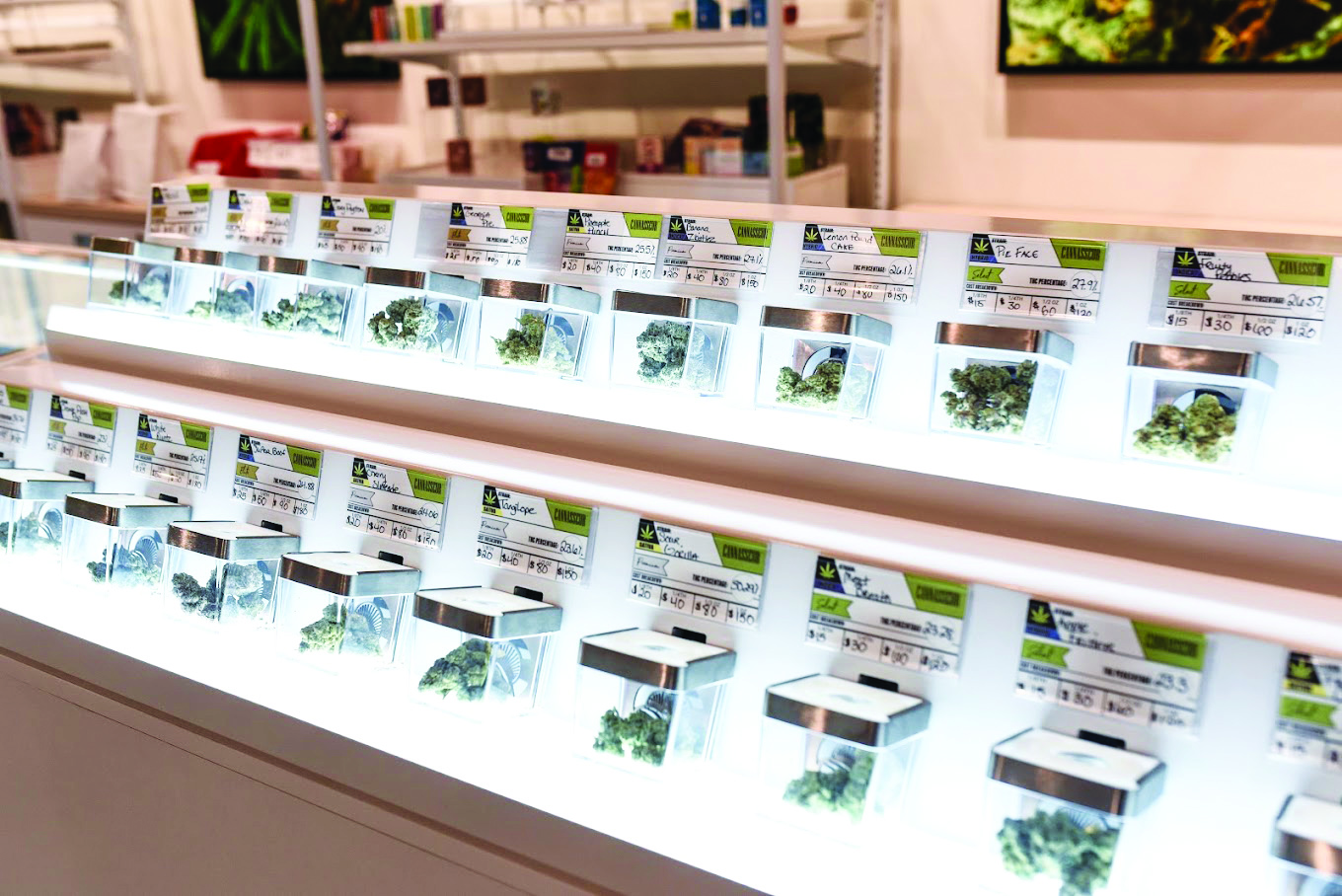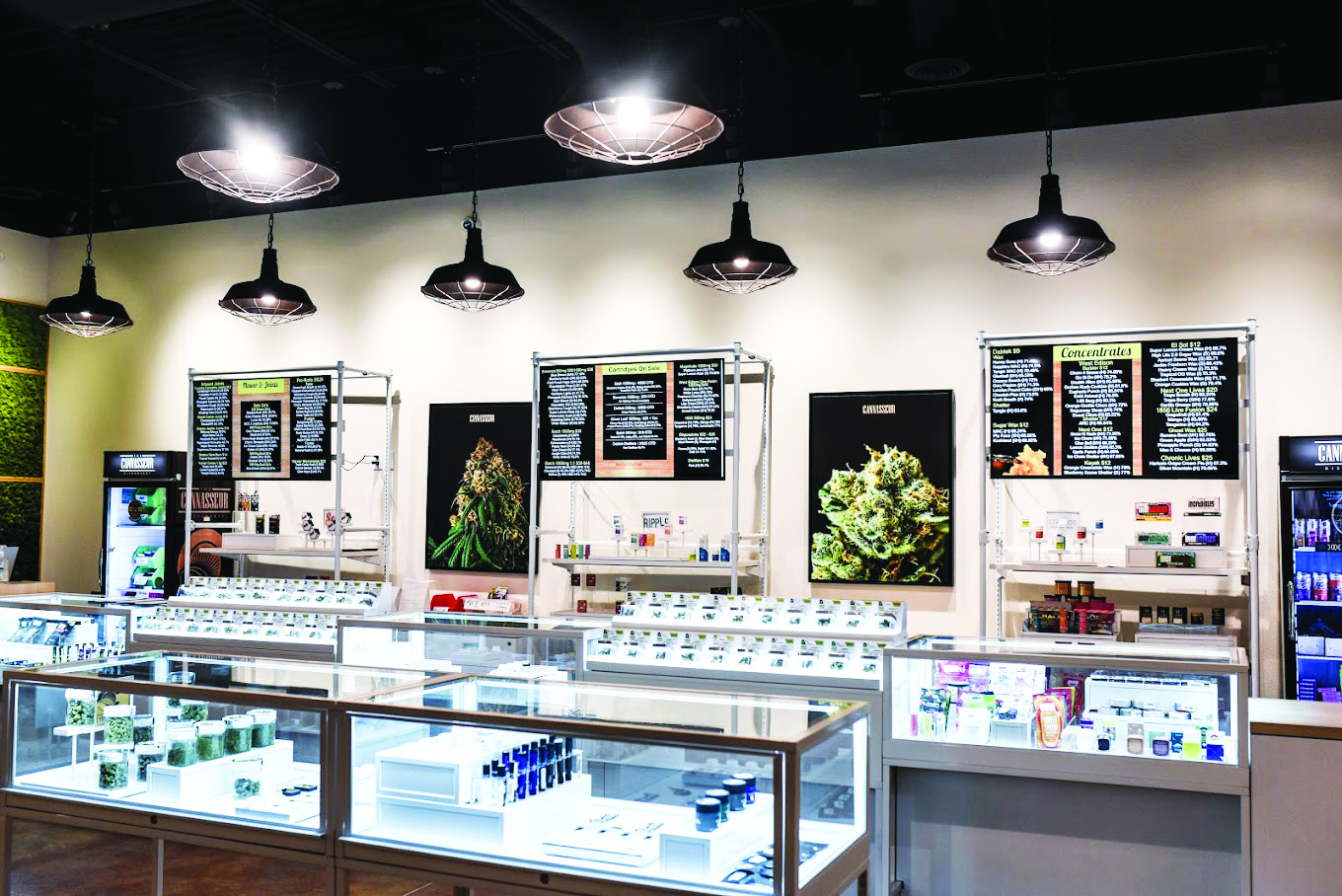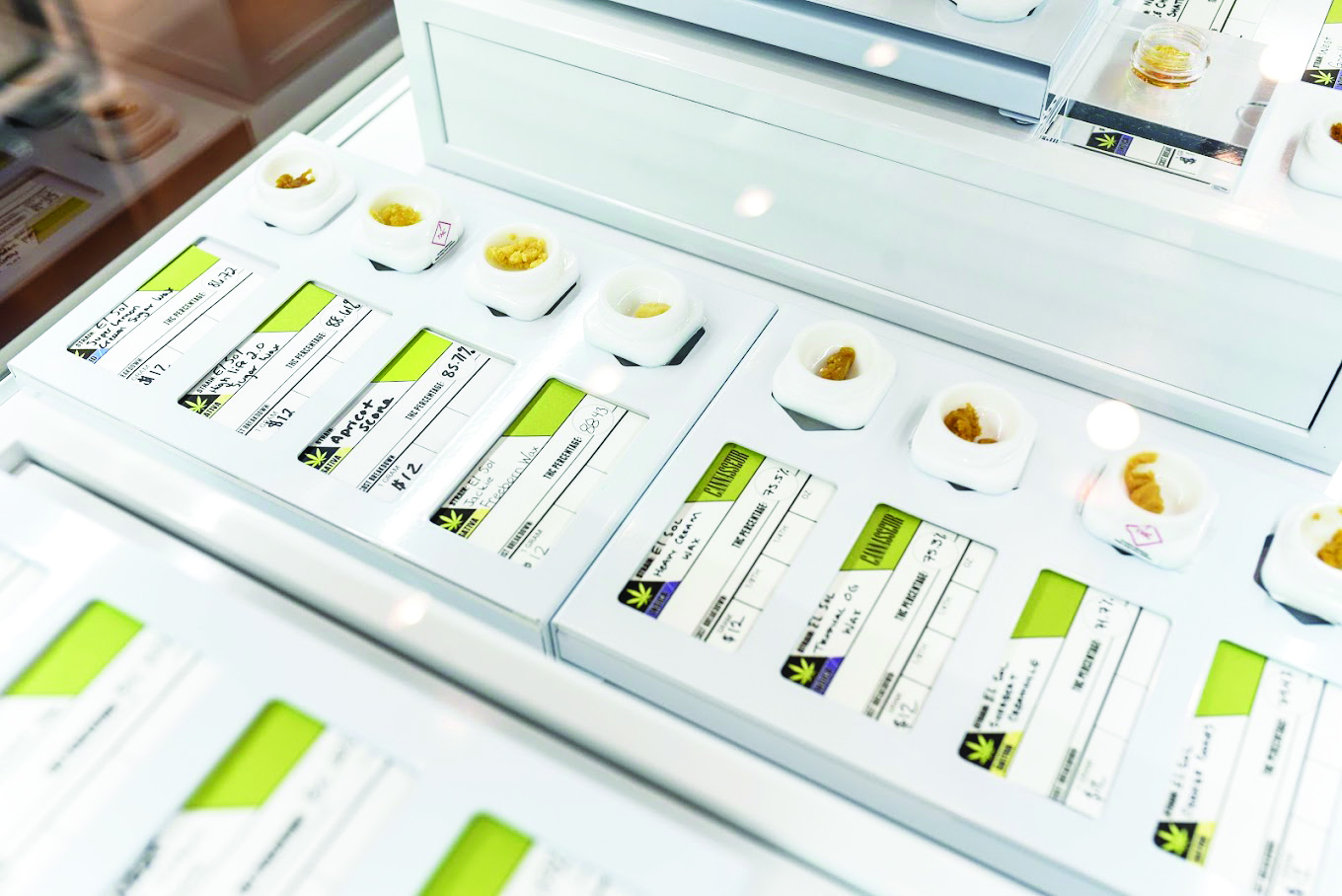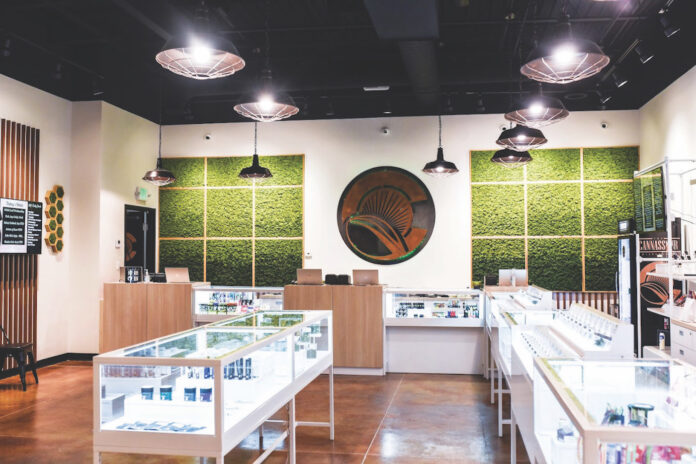What’s the story when someone walks into your dispensary? How intentional is the experience? What’s the flow? Do customers feel rushed, confused, or overwhelmed? Or is the experience more guided and helpful?
The answers to these questions can make or break your business. Some retailers learn this the hard way.
“When cannabis markets are in the infancy stage, like New York, you don’t have fifty dispensaries on one block, so you can have a mediocre environment, charge expensive prices, and get away with it,” said Display Dispensary Chief Revenue Officer Wil Walker, who possesses more than twenty years of retail leadership experience. “But as soon as you get to a mature market, you can’t compete on price anymore. Operators in California, for example, are either closing their doors and turning in their licenses, or they’re working to have a mix of the right customer experience, the right products, and the right branding.”
Naturally, getting your customer experience dialed in from the beginning is the more profitable way of doing business. The vibe or interior décor of your store is one thing, but the actual shopping experience is a whole other focus.

While Display Dispensary offers a range of merchandising solutions, including comprehensive packages like the turnkey Dispensary123 system, the biggest success stories come from operators who approach the company for customized solutions.
“When we work directly with dispensary operators, one of our goals is to educate them about customer experience,” Zelniker said. “It’s not only about converting sales, but also having customers leaving with a smile on their face.”

These are just some of the essential factors operators fail to consider when attempting to set up a retail layout on their own. It’s one of the final steps in the arduous journey to opening a dispensary and one of the most difficult to get right.
“When we first started out in cannabis, the biggest concern was people saying there was so much wasted real estate,” Walker said. “But why would you pack any of these stores out? I mean, it’s good for us if you buy thirty showcases for your store, but that’s not conducive to a positive experience if they’re going to be empty.”
Likewise, Walker said, double-exposing merchandise doesn’t mean double sales. “So taking some of those psychological nuances from traditional retail is important, even if it doesn’t seem like they apply to cannabis,” he said. “A lot of our customers are first-time operators, and when they come in, it’s like they’re decorating their house versus a business that needs to sell.”
When Zelniker and Walker decided to serve the cannabis industry in 2016, they knew they had the experience to fill a critical gap in the space. However, they took nothing for granted. Fast-forward to today, and they’ve served more than 3,000 dispensaries across the United States and Canada.
“It took us about three years of research and product development and website development and just hours and hours of conversations and meetings to figure out how we were going to best serve the industry, how we were going to use our expertise to add value,” Zelniker said.

Naturally, he’s excited to see Display Dispensary’s product line in so many stores, but what really gets him out of bed in the morning is knowing the value the company adds as a business-to-business design-and-manufacturing firm in an industry where brick-and-mortar experiences are trending upward—unlike the situation in many other retail sectors.
“We’re a family business, and we’re helping other businesses provide for their families and their employees’ families,” Zelniker said. “That’s what really drives us: seeing how these people need our help and knowing we can add value.”












